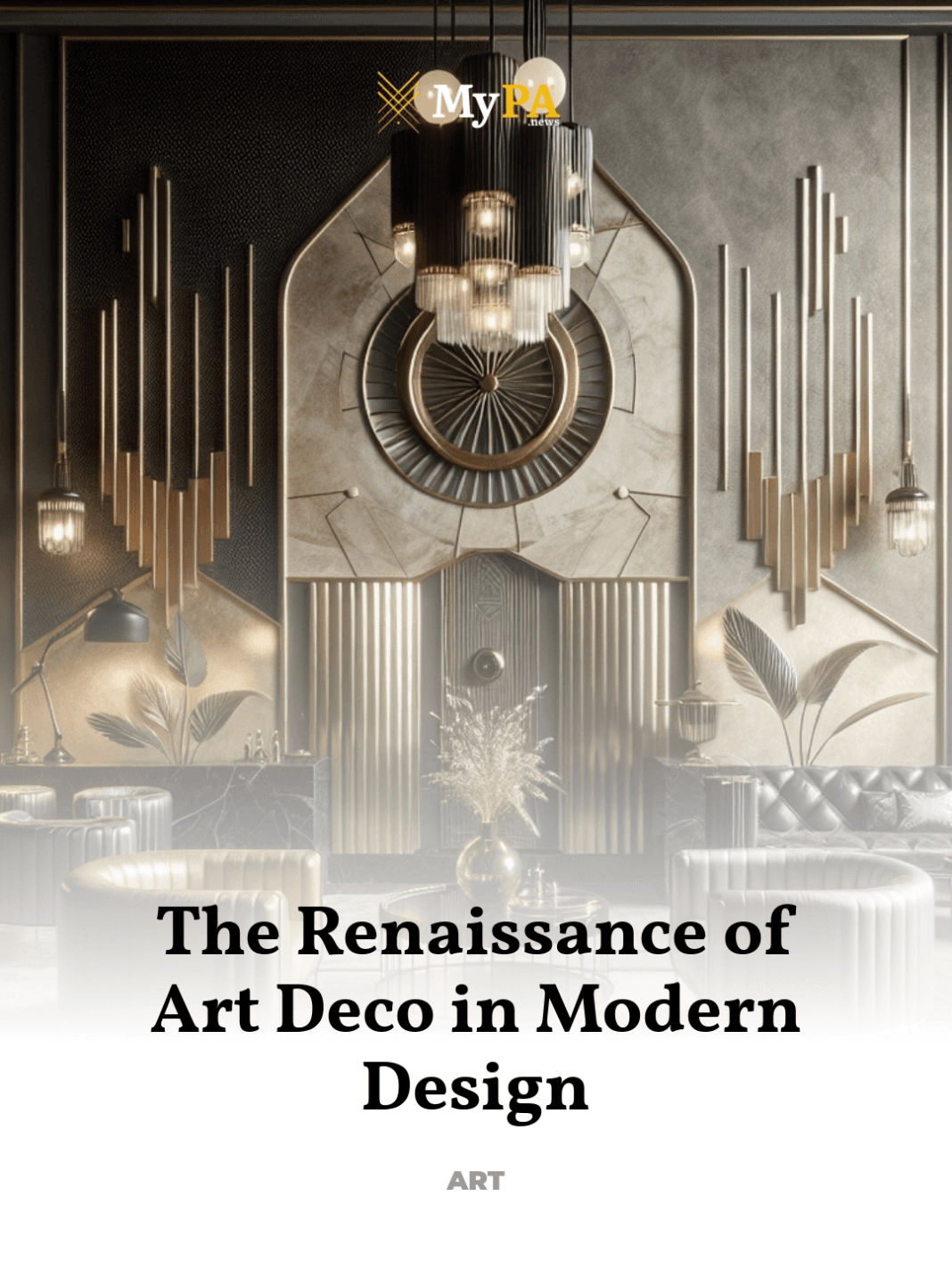How the Glamour of the 1920s Influences Contemporary Aesthetics
The allure of the Art Deco era, characterized by its bold geometric shapes and lavish ornamentation, continues to inspire modern design landscapes. This artistic period, which originated in the 1920s, has made a remarkable resurgence, influencing everything from luxury interiors to high-end fashion and collectibles.
- Historical Overview of Art Deco
- Art Deco’s Influence in Modern Architecture
- Resurgence in Fashion and Jewelry Design
- Art Deco in Contemporary Interior Design
- Cultural Significance of Art Deco Today
- Reflecting on Art Deco’s Enduring Appeal
Historical Overview of Art Deco
The Art Deco movement, which began in the 1920s, is renowned for its lavishness and opulence, drawing significant influence from the excitement of modern advancements and the cultural fascination with geometry and symmetry. Originating in France before spreading worldwide, it became a symbol of the roaring twenties, an era of dramatic social and technological change.
Key characteristics of Art Deco include:
- Symmetry and Geometric Shapes: Art Deco is instantly recognizable by its sharp angles and stylized forms, often incorporating rectangles, triangles, and circles in an organized and repetitive manner.
- Luxurious Materials: The use of high-end materials such as gold, silver, ivory, and exotic woods, emphasized the era’s fascination with sophistication and luxury.
- Bold Colors: Contrasting color schemes and vibrant hues are staples of Art Deco, reflecting the exuberance of the time.
Art Deco’s influence waned with the onset of World War II but saw a resurgence in the late 20th century, as designers and collectors revisited the era’s distinctive style.
Art Deco’s Influence in Modern Architecture
Today, Art Deco continues to influence prominent architects and designers. Modern skyscrapers in cities like New York and Chicago incorporate the stepped back style that was popularized by iconic structures such as the Chrysler Building and the Empire State Building. The fascination with vertical lines and aerodynamic forms can be seen in contemporary designs, bringing a touch of 1920s elegance to 21st-century skylines.
Examples of Art Deco-inspired modern architecture include:
- The Shard in London: Though distinctly modern, The Shard’s tapering form and glass façade echo the Art Deco emphasis on sleekness and verticality.
- 70 Pine Street in New York: Originally built in the Art Deco period, its recent restoration has preserved its historical aesthetics while adapting to modern needs.
These buildings demonstrate how Art Deco’s emphasis on ornamentation and form continues to influence contemporary architectural design, blending historical elements with new materials and technologies.
Resurgence in Fashion and Jewelry Design
Art Deco’s impact extends beyond architecture into the realms of fashion and jewelry, where its influence is perhaps most visually striking. Designers such as Gucci, Marc Jacobs, and Chanel have incorporated Art Deco elements into their collections, using geometric patterns and metallic embellishments to echo the opulence of the era.
Notable trends include:
- Metallic Fabrics and Sequins: These materials reflect the Art Deco’s fascination with dazzle and glamour, bringing a luxurious feel to modern apparel.
- Geometric Jewelry: Contemporary jewelry designers often draw on Art Deco motifs, using sharp lines and forms to craft striking, bold pieces.
The revival of these elements in high fashion shows a continued appreciation for the era’s aesthetic, blending vintage glamour with contemporary style.
Art Deco in Contemporary Interior Design
In interior design, Art Deco makes its mark on modern homes through its distinct visual and textural elements. Furniture pieces that feature reflective surfaces, such as mirrored dressers and metallic fixtures, are reminiscent of the 1920s opulence. Moreover, the use of bold geometric patterns in wallpapers and textiles brings an element of Art Deco drama to contemporary living spaces.
Key elements include:
- Streamlined Furniture: Sleek, polished surfaces and sharp lines are hallmarks of Art Deco furniture, resonating with modern minimalist trends.
- Luxurious Fabrics: Velvet and silk, used extensively in Art Deco interiors, are now being reinterpreted in modern settings to add a touch of luxury.
This blend of old and new elements in interior design not only pays homage to the artistic heritage of the Art Deco period but also enhances the functionality and aesthetic appeal of modern spaces.
Cultural Significance of Art Deco Today
The resurgence of Art Deco is not just a revival of old styles but a celebration of an era that symbolized innovation and modernity. Today, Art Deco’s influence is evident in the luxury market, where it is appreciated for its timeless elegance and sophistication. Its impact on modern culture is a testament to its enduring appeal and its ability to adapt to contemporary tastes while retaining its historical essence.
Art Deco remains a key reference point in discussions about cultural heritage and artistic innovation, reflecting a broader societal appreciation for periods that shaped modern aesthetics and ideologies.
Reflecting on Art Deco’s Enduring Appeal
The enduring appeal of Art Deco in modern design underscores a deep-seated fascination with the 1920s, an era that continues to captivate the imagination of artists, designers, and collectors alike. As we look forward, the legacy of Art Deco offers endless inspiration for creating bold, beautiful, and luxurious designs that bridge the past and the future.
For further exploration of Art Deco’s impact on modern design, consider visiting authoritative sources such as the Metropolitan Museum of Art.



